A private lander mission has run into technical problems, marking a setback for America's ambitions to return to the Moon at low cost.
Hours after the Peregrine spacecraft took off from Florida on January 8, carrying scientific equipment and other cargo, the vehicle developed a propellant leak, according to its maker, Astrobotic of Pennsylvania. The leak caused the spacecraft's thrusters to fail at their intended lifespan, preventing the lander from falling apart uncontrollably, according to Business Insider . Instead of making history by returning the US to the moon five decades after the last Apollo mission, the probe struggled to turn toward the sun to recharge its batteries. Astrobotic announced on January 9 that the spacecraft was not capable of a soft landing on the moon.
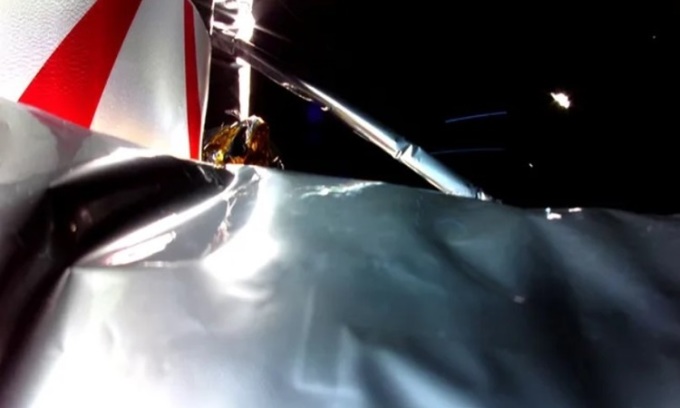
The first photo taken by the Peregrine lander after launch. Photo: Astrobotic
Namrata Goswami, a space policy expert at the University of Arizona in Phoenix, said the incident would affect the US's overall ambitions to return to the Moon. "There is a lot of hope that through NASA's Commercial Lunar Payload Services program, the US can achieve its goal of flying to the Moon in a more cost-effective way," Goswami said.
Peregrine is the first in a series of lunar missions launched under the Commercial Lunar Payload Services program, a partnership between NASA and US space companies. The program encourages companies to build and launch spacecraft to the Moon that NASA can place on board to carry scientific payloads.
Previous commercial lunar landers, including Israel’s Beresheet in 2019 and Japan’s Hakuto-R 1 last year, entered lunar orbit but failed in the final seconds before landing smoothly, Goswami said. But Peregrine suffered serious hardware problems within 24 hours of launch. Such an outcome could leave the United States behind in the lunar race with China, which has carried out several successful lunar landing missions in recent years.
China is preparing to launch its Chang’e-6 lunar lander in the first half of this year, a move that could see it beat the United States to the moon. The China National Space Administration (CNSA) announced on January 10 that its probe had moved to the launch site for a mission to collect samples from the far side of the moon. The mission could be a major demonstration of China’s space exploration achievements, as no other country has brought samples from the far side of the moon back to Earth.
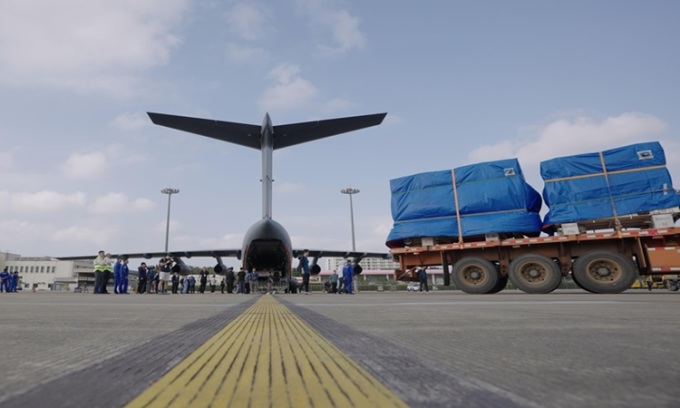
Chang'e 6 spacecraft moves to the launch site. Photo: CGTN
China has a solid track record of landing on the Moon, becoming the first country to send a rover to the far side in 2019. That mission will allow them to collect the first new lunar samples in 45 years in 2020. China’s new mission aims to launch the Chang’e 6 probe to the Moon. The probe will collect about 2 kilograms of material by scooping and drilling from the far side of the Moon before returning the samples safely to Earth.
The Chinese lander will also carry equipment from France, Italy, Sweden and the European Space Agency. The mission’s orbiter, waiting to return the probe to Earth, will carry a payload from Pakistan.
Both the US and China are actively pursuing a return to the Moon. CNSA aims to send humans to the Moon by the end of the decade. Meanwhile, the US recently announced that it would delay the launch of its Artemis 2 mission until 2026.
An Khang (According to Business Insider )
Source link







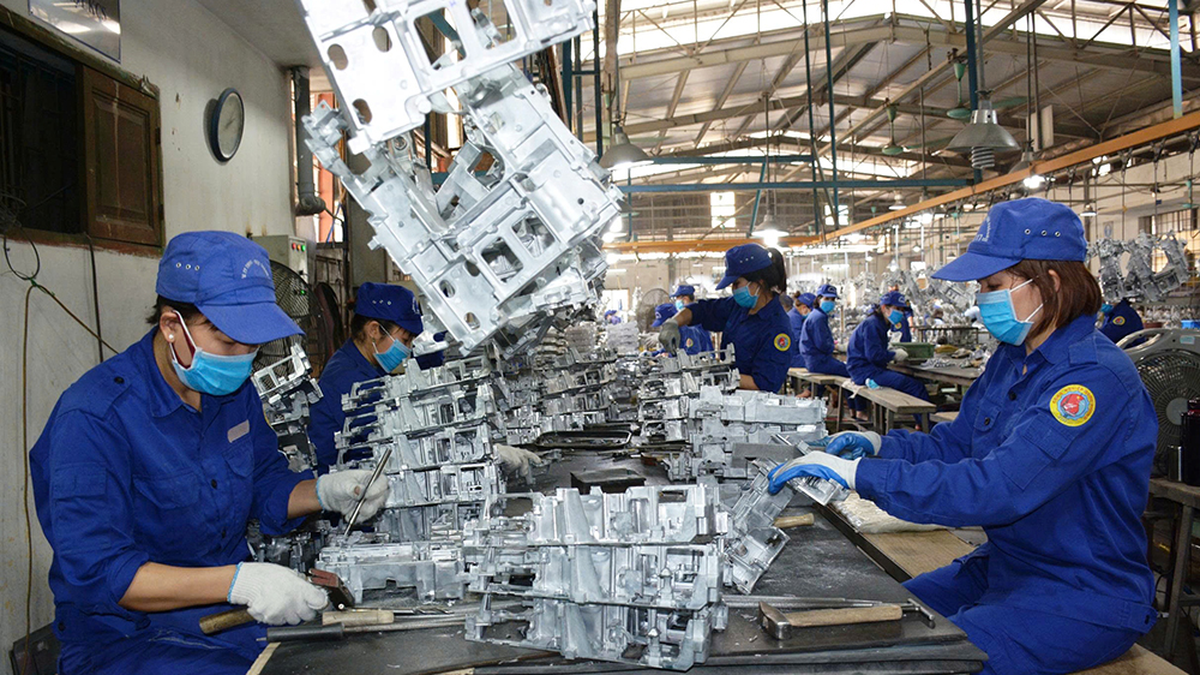



















![[Infographic] Vietnam-Senegal traditional friendship](https://vphoto.vietnam.vn/thumb/1200x675/vietnam/resource/IMAGE/2025/7/23/4c96a604979345adb452af1d439d457b)




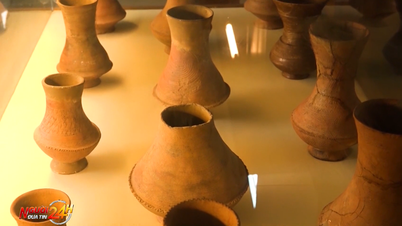






















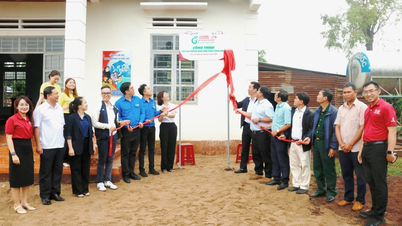







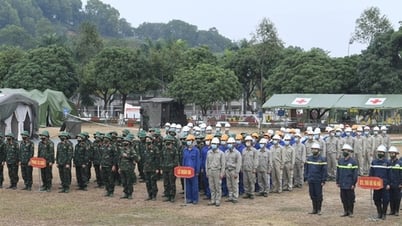









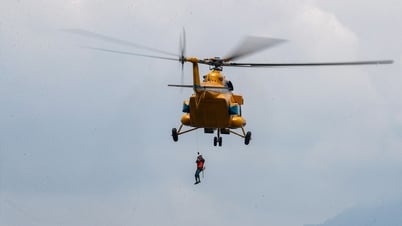
































Comment (0)